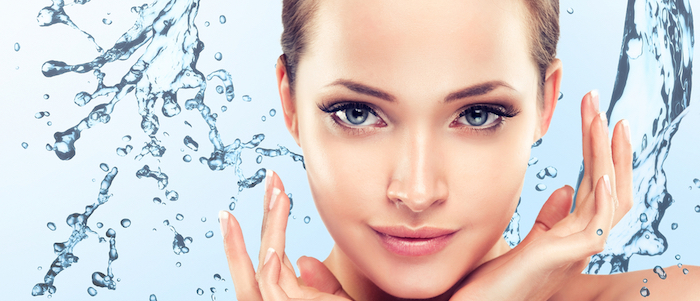Maintaining a clear, healthy complexion starts with a well-structured face cleansing routine. Proper cleansing not only removes dirt, oil, and impurities but also sets the stage for other skincare steps. With countless products and techniques available, it can be overwhelming to determine the best approach. Here’s a step-by-step guide to building the perfect face cleansing routine tailored to your skin type and concerns.

1. Identify Your Skin Type
Before selecting products, it’s essential to identify your skin type:
- Normal: Balanced, neither too oily nor too dry.
- Oily: Excessive oil production, often accompanied by shine.
- Dry: Lacking moisture, potentially feeling tight or flaky.
- Combination: A mix of oily and dry areas, usually with an oily T-zone (forehead, nose, chin).
- Sensitive: Prone to redness, irritation, or reactions to products.
2. Choose the Right Cleanser
Select a cleanser that suits your skin type:
- For Normal Skin: Opt for a gentle, hydrating cleanser that maintains balance.
- For Oily Skin: Look for a foaming or gel cleanser with ingredients like salicylic acid to control oil and prevent breakouts.
- For Dry Skin: Choose a cream-based or oil-based cleanser that provides moisture and avoids stripping natural oils.
- For Combination Skin: A mild, balanced cleanser that can address both oily and dry areas is ideal.
- For Sensitive Skin: Go for a fragrance-free, hypoallergenic cleanser that calms and soothes.
3. Incorporate a Cleanser Brush or Tool
Using a facial brush or cleansing tool can enhance your routine. These tools help remove dead skin cells and improve product absorption:
- For Normal to Dry Skin: A soft-bristled brush or a konjac sponge works well.
- For Oily or Acne-Prone Skin: A brush with antimicrobial bristles or a silicone pad can aid in deep cleaning and exfoliation.
4. Follow a Cleansing Technique
The technique of applying and removing your cleanser is as crucial as the product itself:
- Warm Water Rinse: Start with lukewarm water to open pores and prepare your skin for cleansing.
- Apply Cleanser: Use a dime-sized amount of cleanser and gently massage it into your skin using upward circular motions. Avoid harsh scrubbing.
- Rinse Thoroughly: Rinse off the cleanser with lukewarm water, ensuring no residue remains.
- Pat Dry: Gently pat your face dry with a clean towel. Avoid rubbing, which can irritate the skin.
5. Double Cleanse (If Needed)
For a deeper clean, especially if you wear makeup or sunscreen:
- First Cleanse: Use an oil-based cleanser to dissolve makeup and sunscreen.
- Second Cleanse: Follow with your regular cleanser to remove any remaining impurities and ensure thorough cleaning.
6. Exfoliate Regularly
Exfoliation helps to slough off dead skin cells and promote cell turnover. However, it should be done in moderation:
- For Normal Skin: Exfoliate 1-2 times a week.
- For Oily or Acne-Prone Skin: Exfoliate 2-3 times a week, using products with chemical exfoliants like glycolic or salicylic acid.
- For Dry Skin: Exfoliate once a week with a gentle exfoliant to avoid over-drying.
- For Sensitive Skin: Use very gentle exfoliants or opt for exfoliation products specifically designed for sensitive skin.
7. Moisturize After Cleansing
Post-cleansing, always apply a moisturizer to hydrate and protect your skin:
- For Normal to Oily Skin: Choose a lightweight, non-comedogenic moisturizer.
- For Dry Skin: Opt for a richer, more emollient cream.
- For Combination Skin: Use a balanced moisturizer that hydrates without adding excess oil.
- For Sensitive Skin: Select a fragrance-free, soothing moisturizer.
8. Adjust Based on Skin Changes
Your skin can change due to factors like season, diet, and age. Adjust your routine accordingly:
- Seasonal Changes: Use more hydrating products in winter and oil-control products in summer.
- Diet and Health: Modify your routine based on changes in your diet or health status.
- Aging: Incorporate anti-aging products like serums with antioxidants or peptides.
Conclusion
Building the perfect face cleansing routine involves understanding your skin type, selecting appropriate products, and following a consistent technique. By incorporating these steps, you’ll establish a solid foundation for maintaining clear, healthy skin. Remember, skincare is personal, and what works for one person might not work for another. Adjust your routine as needed and consult a dermatologist for personalized advice. Your perfect face cleansing routine is a crucial step towards achieving and maintaining radiant, healthy skin.